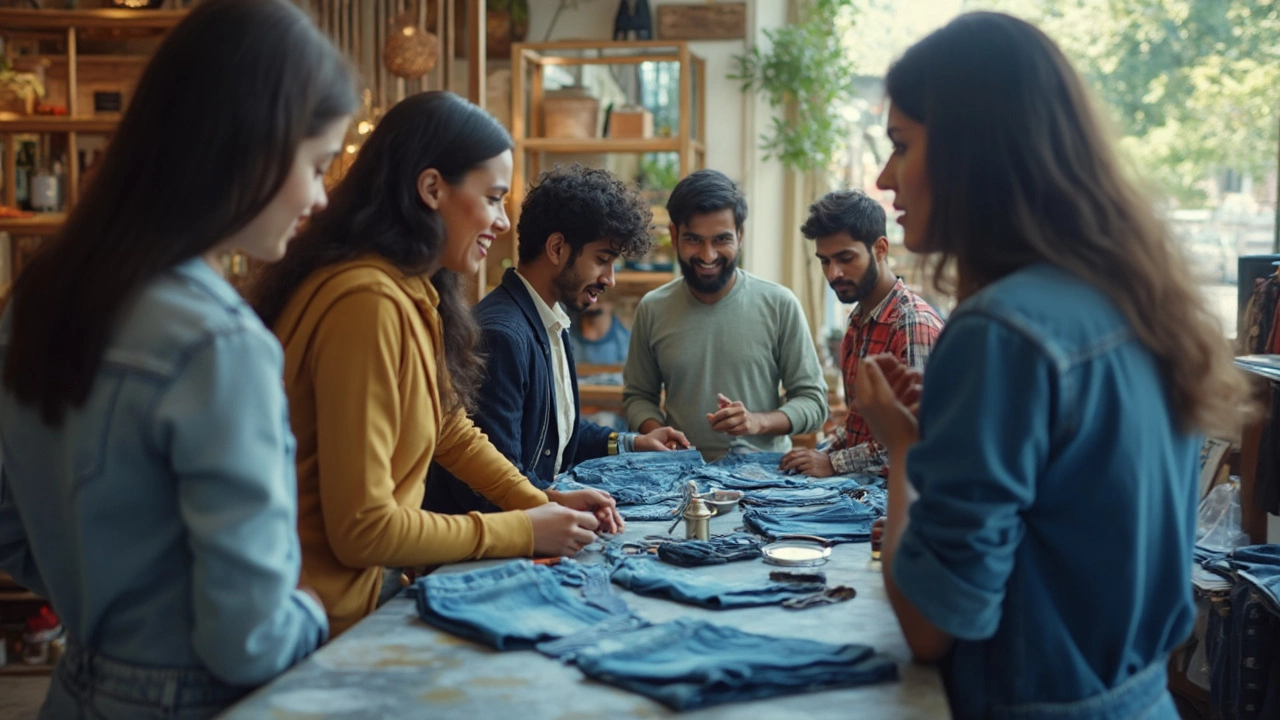Expensive Jeans: Are They Worth It?
When you see a pair of jeans with a price tag that makes you wince, you probably wonder if the cost is justified. The short answer is yes – if you know what to look for. Premium denim isn’t just about a fancy label; it’s about fabric, construction, and the way the jeans wear over time. Below we break down the real reasons why some jeans cost more and how to spot a pair that will last.
What Makes Jeans Expensive?
First, the material matters. High‑end jeans use long‑staple cotton, often sourced from Japan, Italy, or the United States. Long fibers create a smoother, denser weave that feels softer and resists fraying. Second, the denim’s weight plays a role. Heavy denim (around 13‑16 oz) takes longer to break in, but it also holds its shape better and ages into a unique fade pattern.
Third, the construction technique adds cost. Brands that sew the pieces together with chain‑stitch or reinforced stitching reduce the risk of seams tearing. Some also use selvedge denim – the edge of the fabric is finished on the loom, eliminating the need for extra hemming. This detail not only looks cool when you cuff the jeans but also signals quality.
Finally, there’s the finishing process. Hand‑rubbed distressing, natural stone‑washing, and laser‑etched details are done by skilled workers, not machines. These steps give each pair a distinct character that cheap, mass‑produced jeans can’t match.
How to Choose the Right Pair
Start by checking the fabric label. Look for terms like “ring‑spun cotton,” “organic denim,” or “selvedge.” If the label lists a country known for denim craftsmanship, that’s a good sign. Next, feel the weight. A sturdy denim will feel firm but not overly stiff. It should bend slightly in your hands without feeling like a cardboard sheet.
Inspect the seams. Strong, even stitching – especially at the inseam, pockets, and waistband – means the jeans will survive regular wear. Test the stretch. Luxury jeans often have a bit of natural stretch from the cotton’s twist, so they move with you without feeling baggy.
Consider the wash. Dark indigo and raw denim age beautifully, developing fades that match your lifestyle. Light washes can look great but may show wear faster. Think about how you plan to wear them – for work, casual outings, or special events – and pick a shade that fits.
Finally, evaluate the price against your budget. An expensive pair can be a smart investment if you’ll wear them often and take care of them. A simple care routine – washing inside out in cold water, hanging to dry, and occasional leather‑conditioner for the buttons – will keep them looking fresh for years.
In short, expensive jeans offer superior fabric, meticulous construction, and a unique aging process that cheap alternatives lack. By understanding the key factors – cotton quality, weight, stitching, and finishing – you can make a confident choice and enjoy denim that looks better with every wear.

